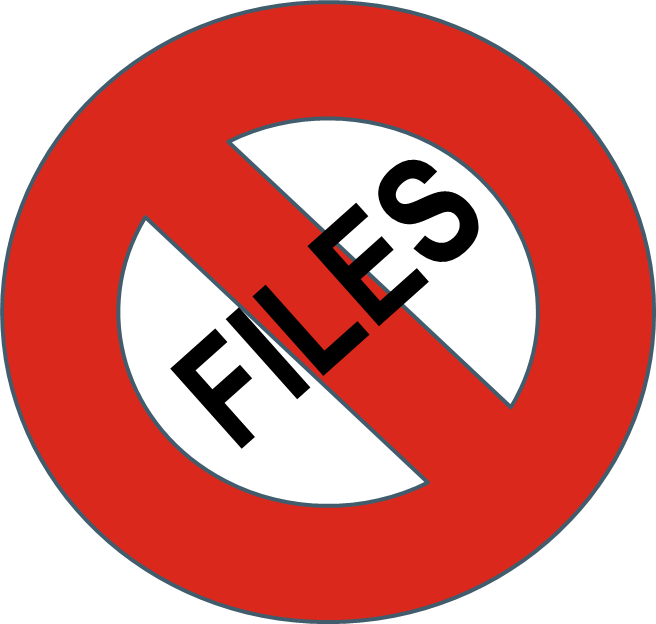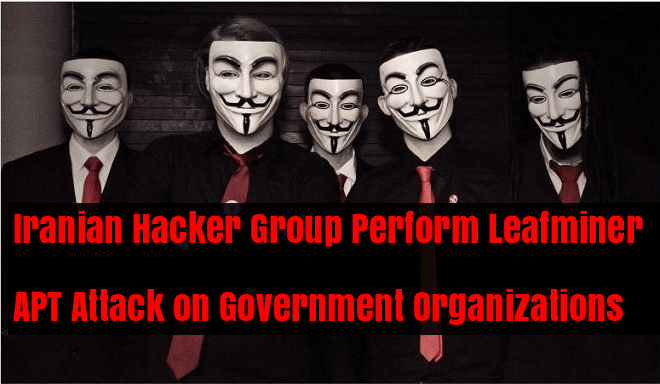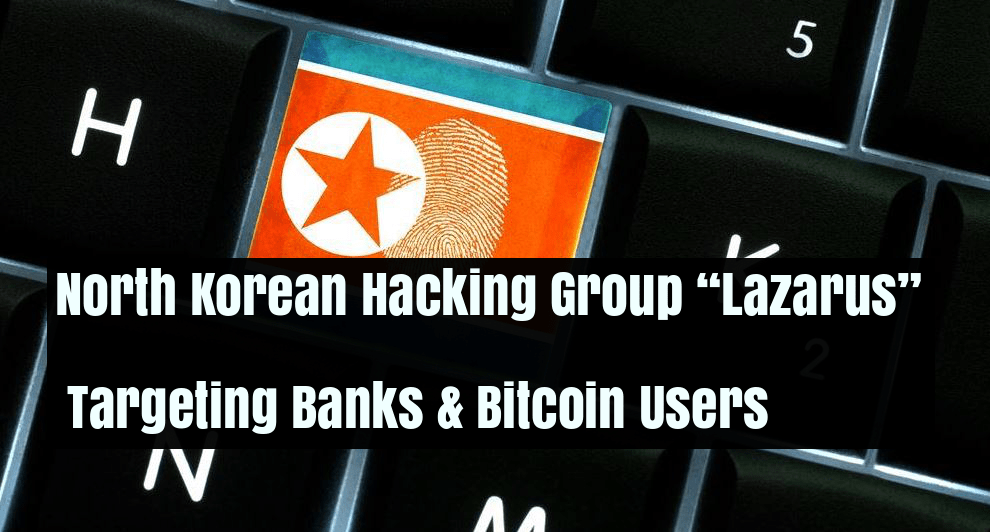Researchers with Kaspersky Lab’s Global Research and Analysis Team Discovered the Fileless Memory-Based Malware Attacks Against More than 140 enterprises–primarily banks, government organizations, and telecommunications firms in 40 countries, including the U.S., France, and Ecuador–have been affected.
The attackers, who may be connected to the GCMAN and Carbanak groups, aren’t using signature-based malware to carry out their attackers, instead they’re using fileless malware hidden in the memory of the affected servers.
Victims
Kaspersky Lab’s said ,This threat was originally discovered by a bank’s security team, after detecting Meterpreter code inside the physical memory of a domain controller (DC). Kaspersky Lab’s product detection names for such kinds of threat are “MEM:Trojan.Win32.Cometer and MEM:Trojan.Win32.Metasploit.”

Kaspersky Lab participated in the forensic analysis after this attack was detected, discovering the use of PowerShell scripts within the Windows registry. Additionally it was discovered that the NETSH utility as used for tunnelling traffic from the victim’s host to the attacker´s C2.
the Metasploit framework was used to generate scripts like the following one:
 Kaspersky Lab’s Described the attack vector with help of Mimikatz. an open-source, post-exploit utility, to grab credentials for service accounts with admin privileges.
Kaspersky Lab’s Described the attack vector with help of Mimikatz. an open-source, post-exploit utility, to grab credentials for service accounts with admin privileges.
This script allocates memory, resolves WinAPIs and downloads the Meterpreter utility directly to RAM. These kind of scripts may be generated by using the Metasploit Msfvenom utility with the following command line options:
After the successful generation of a script, the attackers used the SC utility to install a malicious service (that will execute the previous script) on the target host. This can be done, for example, using the following command:
The next step after installing the malicious service would be to set up tunnels to access to the infected machine from remote hosts, for example using the following command:
That would result in all network traffic from 10.10.1.11:4444 being forwarded to 10.10.1.12:8080. This technique of setting up proxy tunnels will provide the attackers with the ability to control any PowerShell infected host from remote Internet hosts.
The use of the “SC” and “NETSH” utilities requires administrator privileges both in local and remote host. The use of malicious PowerShell scripts also requires privilege escalation and execution policy changes. In order to achieve this, attackers used credentials from Service accounts with administrative privileges (for example backup, service for remote task scheduler, etc.)

Sergey Golovanov, Principal Security Researcher at Kaspersky Lab said ,
It’s unclear how victim enterprises had their servers hacked in the first place. According to researchers, the attackers used a known exploit for an unpatched vulnerability.
Kaspersky Lab’s Conclude this Malware Attack as,
Techniques like those described in this report are becoming more common, especially against relevant targets in the banking industry. Unfortunately the use of common tools combined with different tricks makes detection very hard.
In fact, detection of this attack would be possible in RAM, network and registry only. Please check the Appendix I – Indicators of Compromise section for more details on how to detect malicious activity related to this fileless PowerShell attack.
After successful disinfection and cleaning, it is necessary to change all passwords. This attack shows how no malware samples are needed for successful exfiltration of a network and how standard and open source utilities make attribution almost impossible.










